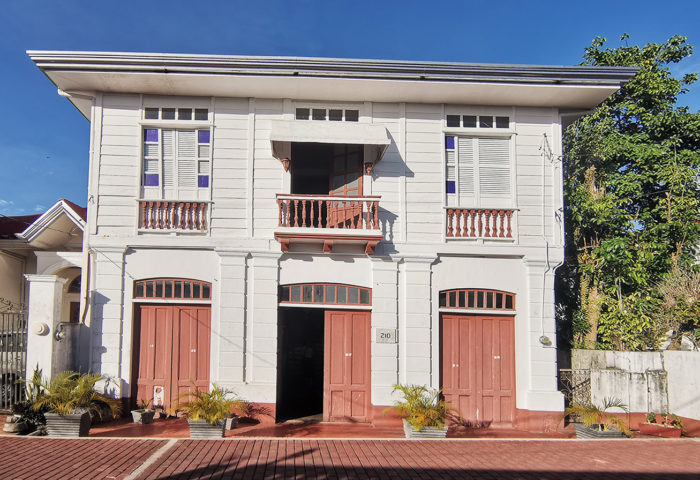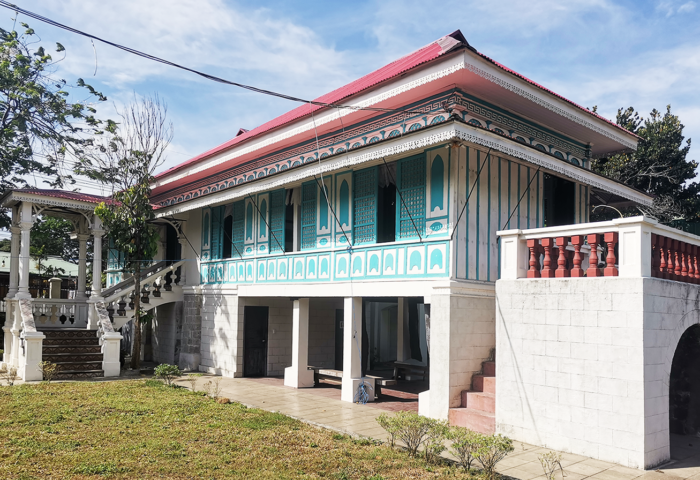Casa Vivencio
- Leave First Review
- 2021
Details
Casa Vivencio is one of the remaining examples of Spanish Colonial Period architecture called bahay-na-bato. An evolution of the indigenous bahay kubo, it is an all wooden structure with a stone skirt adorned by a unique system of openings to maximise both natural light and ventilation. It is located in San Nicolas, a district in Manila which still has abundant, but dwindling Spanish Colonial Period architecture.
HISTORY OF SAN NICOLAS
Located to the north of Intramuros across the Pasig River, is the district of San Nicolas. Formerly known as Baybay, the district used to be a coastal village of fisherfolks where Chinese trading vessels used to lay anchor in the 16th century. San Nicolas was later incorporated with Binondo, its more populous neighbor to the east. By the 19th century, San Nicolas, due to its proximity to the ports, became a hub for craftsmen, traders and artisans, with numerous factories and warehouses sprouting all over the district. During this period, hundreds of houses, known as bahay-na-bato, were used for residential, commercial and industrial purposes – some of which rose to three floors.
Largely spared from widescale destruction during the Battle of Manila in 1945, San Nicolas alongside Quiapo, San Miguel and Santa Ana is one of Manila’s remaining district that can boast of Manila’s unique prewar architecture. Sadly, due to neglect, under appreciation, lack of state support and aggressive developers, the district is slowly being destroyed – a sad end to one of Manila’s heritage districts.
CASA VIVENCIO
One unique survivor in San Nicolas is the Casa Vivencio of the Gaspar Family. Named after their father, the house used to be owned by the Sunico Family, renowned for its foundry in San Nicolas that produced bells, fences and other iron parts for the churches in Manila and beyond. The house at the corner of Calle Lara and Calle Barcelona was acquired by the family in 1972, and underwent renovations since the house was already almost a century old by that time. While other heritage houses nearby were sold and pulled town, the Gaspar family decided to hold on to their acquired heritage house. The Vivencio House underwent major renovations once more in 2019, in order to prevent further damage brought on by time and termites. In doing the renovation, the family and their contractor did their best to preserve much of the house, bringing out its old beauty while incorporating modern amenities.
The Casa Vivencio, once completed, would feature a small café in the ground floor, which would provide an island of tranquility in the otherwise industrial hive of activity that is San Nicolas.
More importantly, it would remain the home to a new generation of the Gaspar family, a great example of how to save, care for and breath new life into our heritage houses.



Reviews for Casa Vivencio